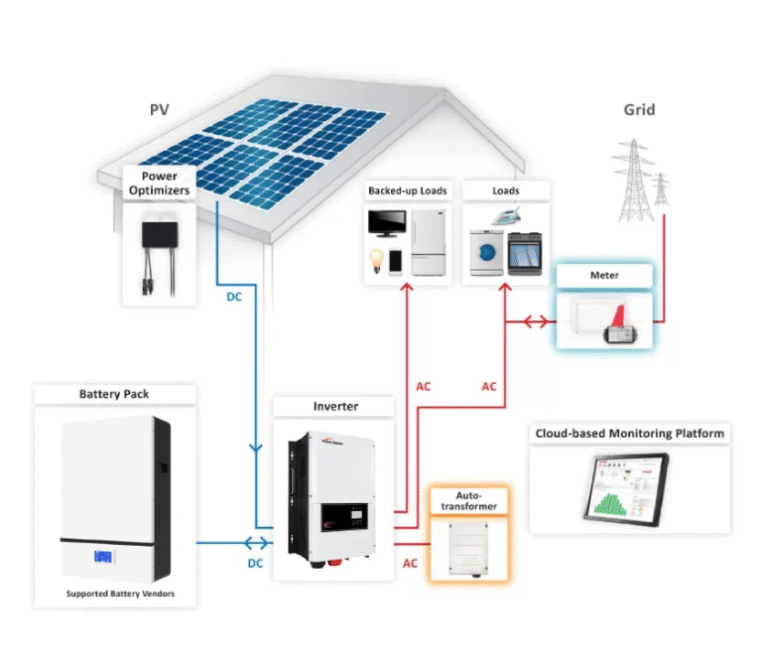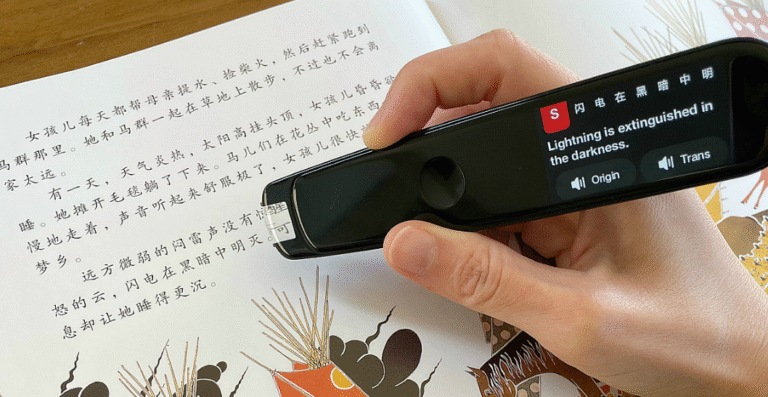What Makes a Smart Card Essential in Modern Authentication Systems

In a world where data breaches, identity theft, and cyber threats are increasingly common, securing access has become a top priority for businesses and governments alike. That’s why the Smart Card remains one of the most trusted tools in modern authentication systems. With its ability to store credentials securely and execute encrypted authentication processes, it plays a vital role in both physical and digital security frameworks. Despite the rise of mobile-based authentication methods, smart cards remain the leading option due to their tamper-resistant hardware, offline capabilities, and versatility. Whether used for enterprise login, facility access, or secure transactions, it offers a balance of simplicity, reliability, and strong encryption that’s difficult to match.
Tamper-Resistant Security Built into the Hardware
One of the strongest features of a Smart Card is its embedded secure microcontroller. This hardware is specifically designed to prevent tampering, cloning, or extraction of sensitive data. Even if attackers gain physical access to the card, the encrypted contents are nearly impossible to decrypt without the proper credentials.
Moreover, smart cards often utilize cryptographic algorithms such as RSA, ECC, and AES to protect their communication. They can generate and store private keys, ensuring that the authentication process cannot be spoofed or forged. This makes smart cards ideal for environments that require high assurance and zero tolerance for compromise.
Seamless Integration with Multi-Factor Authentication
Modern authentication systems rely heavily on multi-factor authentication (MFA). The Smart Card fits perfectly as a “something you have” factor, often used in combination with PIN codes, passwords, or biometric scans. When inserted into a reader or tapped against a contactless terminal, it seamlessly completes the second layer of security.
This approach is both scalable and user-friendly. Organizations can issue smart cards for physical access and logical login, reducing the number of devices or apps users need to manage. Additionally, smart cards support digital signing, VPN access, and secure file decryption, making them a versatile tool in any multifactor authentication (MFA) strategy.
Compatibility with International Standards and Systems
A significant reason why the Smart Card remains a global authentication standard is its compliance with international protocols, such as ISO/IEC 7816 and ISO/IEC 14443. These standards ensure interoperability across various systems, industries, and devices, whether you’re dealing with government ID cards, bank authentication tokens, or healthcare access cards.
Standardization also facilitates large-scale deployment and makes it more cost-effective. Manufacturers and software vendors develop solutions based on these specifications, ensuring that smart cards can integrate seamlessly into existing ecosystems without requiring significant customization or additional hardware investment.
Offline Authentication for Critical Environments
In environments where connectivity is limited or unavailable—such as military zones, remote labs, or secure facilities—Smart Card authentication shines. These cards can verify user credentials and enable access without needing a constant internet connection, reducing dependency on remote servers.
Offline capability also adds a layer of security. Even if a network is under attack, smart cards continue to operate independently and securely. This is particularly valuable in industries like defense, aviation, and emergency services, where downtime is not an option.
Read also: The Future of Biometric Technology: Security and Privacy
Enhanced Access Control in Both Physical and Digital Domains
Many organizations utilize innovative card systems to unify physical and logical access. One card can open a secure door, log into a computer, and digitally sign a document. This convergence reduces administrative burden while improving user experience.
In addition, these cards can store certificates, permissions, and role-based access rights. IT departments can configure smart cards to provide granular access based on user roles, ensuring that employees, contractors, and visitors have access only to what they are authorized to view.
High Scalability and Low Total Cost of Ownership
Implementing Smart Card authentication across large organizations is surprisingly cost-effective. Cards are affordable to manufacture and distribute, and compatible readers are widely available. Once deployed, the system requires minimal maintenance compared to password resets or software token replacements.
Scalability is another key advantage. Whether an organization has 100 employees or 100,000, the same infrastructure can be easily extended. Centralized management platforms enable IT teams to remotely issue, revoke, or modify credentials, maintaining complete control over who accesses what and when.
User Experience that Balances Security and Simplicity
Security tools are only practical when people use them. The Smart Card excels in this area because it’s familiar and straightforward. Users intuitively understand how to insert a card or tap to gain access, reducing learning curves and support requests.
Moreover, the login experience is faster and more reliable than typing passwords. By combining a physical card with biometric or PIN authentication, users enjoy strong protection without added complexity. This frictionless experience encourages compliance and builds a security-first culture.
What Makes a Smart Card Essential in Modern Authentication Systems
In an era defined by digital transformation and rising security demands, the Smart Card remains essential. Its hardened architecture, compliance with global standards, and compatibility with modern IT environments make it a core component of today’s authentication strategies.





